1. Heel lift exercise
- 1. Heel lift exercise
- 2. Footsteps up and down
- 3. Knee extension exercise while sitting
- 4. Body twisting
- 5. The 20-20-20 rule for eyes
- 6. Breathing exercises
This exercise can be done sitting or standing.
How to do:
- Keep your feet hip-width apart.
- Slowly lift your heels off the floor so that your body is standing on the balls of your feet.
- Keeping your back straight and core tight, pause at the top position for 2–5 seconds, feeling the contraction in your calves. Slowly lower your heels to the floor, controlling the movement.
- Do 10–15 repetitions, two to three times a day.
Benefits: Research from the National Institutes of Health (NIH) shows that calf raises significantly reduce blood sugar levels after meals. The best time to do calf raises is after lunch.

How to do calf raises at the office to help reduce blood sugar levels after eating.
2. Footsteps up and down
To practice, sit up straight in a chair and keep your feet flat on the ground, knees bent 90 degrees.
How to do:
- Raise your right knee (like a marching motion) and keep your right foot on the floor.
- Repeat this movement with the other leg 10 to 20 times, holding each for 20 seconds; gradually increase the number of repetitions.
Benefits: This exercise is done simply by moving your legs while sitting in a chair. NIH research shows that seated exercises can significantly improve balance and mobility.
3. Knee extension exercise while sitting
How to do:
- Sit up straight with your feet flat on the floor and your knees bent about 90 degrees; slowly extend one leg forward until it is parallel to the floor, hold for 2–3 seconds while squeezing your thigh muscles.
- Lower your leg in a controlled manner and repeat with the other leg.
- Do 10–15 repetitions per leg, 2–3 sets per day.
Benefits: According to the American Journal of Physiology, performing intermittent knee extensions while sitting can promote blood flow to the lower limbs, slightly increase energy expenditure, counteract vascular depression in the legs caused by prolonged sitting, and help reduce stiffness associated with sedentary posture.
4. Body twisting
How to do:
- To perform the twist, sit up straight on the edge of a chair with your feet flat on the floor and your shoulders relaxed, tightening your core by gently pulling your belly button in.
- Place your left hand on your right thigh and your right hand on the back of a chair or behind you. Then slowly rotate your upper body to the right, keeping your hips and legs stable.
- Return to center position and perform the rotation to the left, performing 10–15 repetitions on each side.
Benefits: Cross twists performed intermittently at a desk can engage the core muscles to support posture, reduce trunk stiffness caused by prolonged sitting, and improve moderate mobility. NIH research highlights that core exercises can reduce muscle fatigue caused by prolonged sitting.
5. The 20-20-20 rule for eyes
How to do it: Take a break from your screen every 20 minutes - Look at an object 20 feet (about 6 meters) away - For at least 20 seconds.
Effect: This is a rule about eyesight, as prolonged screen time is, in most cases, part of office work. Laptop or computer screens make your eyes tired, dry and sore.
The 20-20-20 rule helps reduce eye muscle fatigue, supports the tear film and tear mixture, and may even slow the progression of myopia.

Following the 20-20-20 rule helps reduce eye strain for office workers.
6. Breathing exercises
Some easy breathing exercises to do while working include box breathing and alternate breathing. Practicing either of these techniques for just 2–5 minutes several times a day can help increase relaxation, focus, and overall well-being while sitting at your desk.
How to do box breathing exercise:
- Inhale through your nose for a count of four. Expand your belly and ribs to ensure a full breath.
- Hold your breath on the inhale for four counts.
- Exhale through your mouth for four counts, emptying your lungs and allowing your belly and ribs to return to their normal position.
- Hold your breath while exhaling for four counts.
How to do alternate breathing exercise:
- Sit up straight in a chair or on the floor, keeping your legs in a comfortable position. Place your left hand on your left knee, palm up. Use your right ring finger to close your right nostril and inhale through your left nostril.
- Close the left nostril with the right ring finger and exhale through the right.
- Inhale from the right again and exhale from the left, this completes one round. Do 10-15 rounds each time.
Effects: Breathing exercises can reduce physiological arousal, relieve stress and anxiety, and slightly lower blood pressure and resting heart rate when practiced regularly for a few minutes a day.
Source: https://suckhoedoisong.vn/6-bai-tap-tai-van-phong-giup-giam-dau-moi-va-cai-thien-suc-khoe-nhanh-chong-169251114121341732.htm


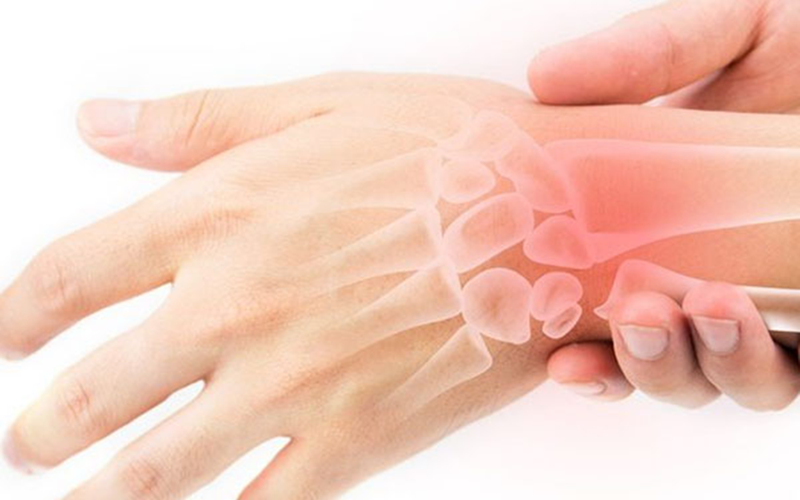
![[Photo] General Secretary To Lam receives President of the Senate of the Czech Republic Milos Vystrcil](/_next/image?url=https%3A%2F%2Fvphoto.vietnam.vn%2Fthumb%2F1200x675%2Fvietnam%2Fresource%2FIMAGE%2F2025%2F11%2F21%2F1763723946294_ndo_br_1-8401-jpg.webp&w=3840&q=75)
![[Photo] National Assembly Chairman Tran Thanh Man holds talks with President of the Senate of the Czech Republic Milos Vystrcil](/_next/image?url=https%3A%2F%2Fvphoto.vietnam.vn%2Fthumb%2F1200x675%2Fvietnam%2Fresource%2FIMAGE%2F2025%2F11%2F21%2F1763715853195_ndo_br_bnd-6440-jpg.webp&w=3840&q=75)

![[Photo] Visit Hung Yen to admire the "wooden masterpiece" pagoda in the heart of the Northern Delta](/_next/image?url=https%3A%2F%2Fvphoto.vietnam.vn%2Fthumb%2F1200x675%2Fvietnam%2Fresource%2FIMAGE%2F2025%2F11%2F21%2F1763716446000_a1-bnd-8471-1769-jpg.webp&w=3840&q=75)

![[Photo] President Luong Cuong receives Speaker of the Korean National Assembly Woo Won Shik](/_next/image?url=https%3A%2F%2Fvphoto.vietnam.vn%2Fthumb%2F1200x675%2Fvietnam%2Fresource%2FIMAGE%2F2025%2F11%2F21%2F1763720046458_ndo_br_1-jpg.webp&w=3840&q=75)







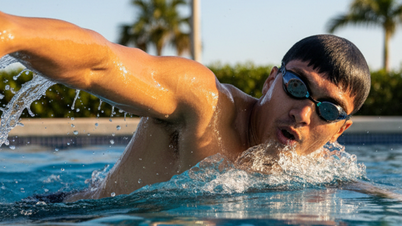




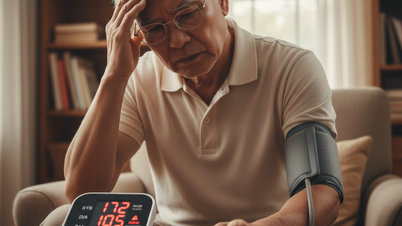








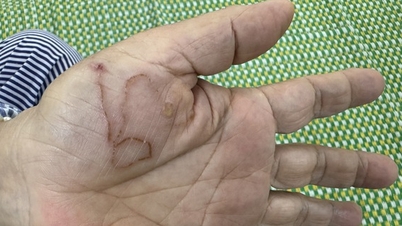


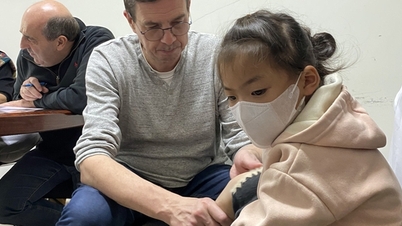
















































































Comment (0)